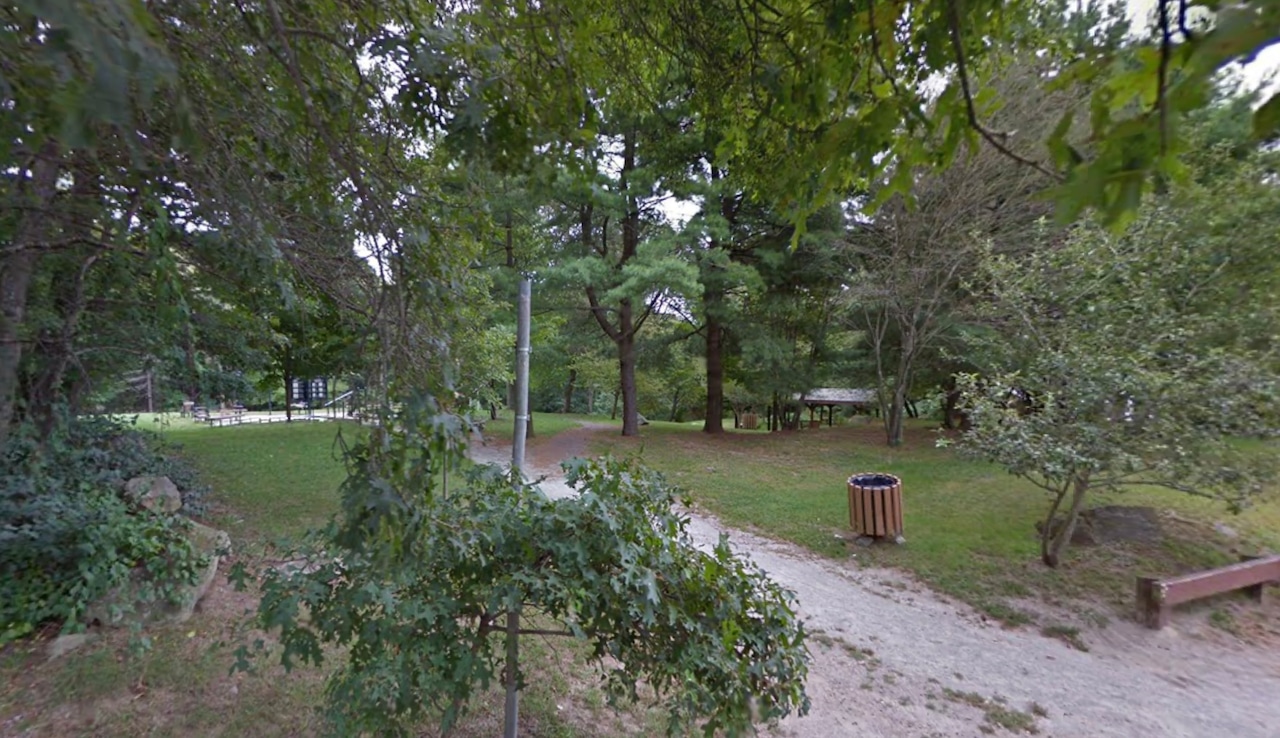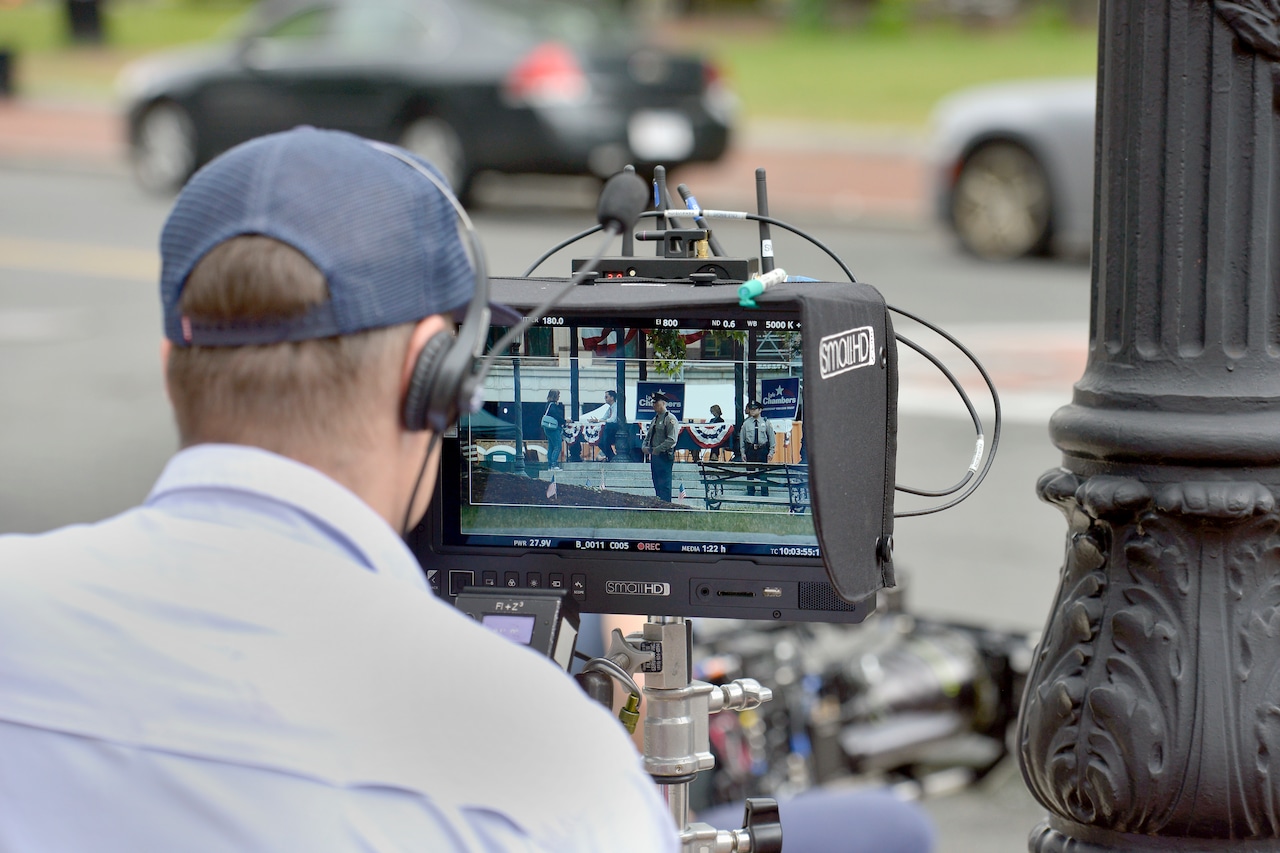
From the gruesome deaths of Black characters Phil Stevens (Omar Epps) and Maureen Evans (Jada Pinkett Smith) in “Scream 2″ to the brutal murder of Lorna (Heather Matarazzo) hanging upside down in the nude in “Hostel: Part II,” and even the homophobic rant of Kia Waterson (Kelly Rowland) in “Freddy vs. Jason,” these examples shine a harsh spotlight on a persistent problem.
Horror movies have frequently depicted women in highly sexualized, violent situations and have frequently used the BIPOC and LGBTQIA+ communities as first kills or butts of the joke.
However, amid these concerns, slow but certain changes are being made to make the horror genre more diverse and inclusive.
The rights of women and how they are treated in entertainment has been a long-debated topic. When it comes to horror specifically, female characters are constantly seen as under the thumbs of men.
“Horror has a history of misogyny,” said University of Florida professor Dr. Julia M. Mollenthiel, cites feminist film theorist and filmmaker Laura Mulvey, who argues that women appear in horror as the object of the male gaze and strictly for men’s pleasure and subordination. “For a long time, women in horror were typically hypersexualized and often punished for their sexuality.”
Certain horror films and shows of the 1960s and 1970s such as “Dark Shadows” and “Blood Bath” show women being harassed and controlled by vampires just as they are by men today, according to author and history/literature professor at The New School Dr. Frances A. Chiu. Despite the steady attacks against these women, when they turned for help, they weren’t believed.
This issue unfortunately goes beyond horror.
“In reality, statistics support an overwhelming amount of violence against women by men,” said director and screenwriter Britt Banks. “It’s so prevalent that we’ve come to accept it on screen…You find yourself thinking that this storyline could have been so much more compelling if women weren’t constantly depicted as the targets of deranged men.”
However, the women seen in stories like “Doctor Sleep” are much more daring than past damsels in distress. They “seem to be shaped by what is referred to as the third-wave of the mid 1990s– Not long after the debut of “Buffy, the Vampire Slayer.”
In some ways, we might say that we’ve returned to the Gothic of the 1790s where female protagonists fit the gender stereotypes of the day in that they were physically attractive but also bold and active,” Dr. Chiu said.
This new type of female character is exemplified through “the Final Girl” trope. The film “Halloween” helped establish the characteristics that final girls like Sidney Prescott of “Scream” and Deena Johnson of the “Fear Street” trilogy would continue to exemplify years later.
“‘Halloween’ really established the Final Girl as clever, resourceful, and brave in a way that doesn’t sexualize her. It also established the idea of androgyny in most Final Girls, giving way to more nuanced gender expressions for women in horror,” screenwriter and director Ariel Sinelnikoff said.
LGBTQIA+ and BIPOC Horror Representation
When it comes to how the LGBTQIA+ and BIPOC communities are treated in horror, they are used as easy deaths or jokes.
“I think it’s really unoriginal when this happens because white writers seem to be behind it,” screenwriter Thuc Doan Nguyen said. “As if we are sacrificial and ‘not worth’ saving and helping to survive to the end.”
It’s an issue that the members of these communities have continuously brought up that keeps getting ignored.
“The fact that people in the mentioned communities and their allies have spoken out against it, and yet it continues to happen, is incredibly frustrating…,” Banks said.
The queer community despite the discrimination has had a long history of expressing themselves through the horror genre, even when it wasn’t direct. For example, the “Bride of Frankenstein,” created by gay filmmaker James Whale, had queer subliminal messaging when it came to Frankenstein and Dr. Pretorius’ relationship.
As queer people have had a brighter spotlight to discuss the important issues, there has also been more representation in the horror space as well. This is explored in depth in the documentary “Queer for Fear.” New cult favorites have risen like “Lyle” by queer director Stewart Thorndike. As well as recent hits like “Knock at the Cabin,” which showcases a gay couple and their adopted daughter avoiding an apocalypse.
This same mindset can also be applied when looking at BIPOC horror. As they began to form their own seats at the table, more BIPOC-led stories began to come into the picture as well.
“Especially in the twentieth century, Black characters in horror were often either completely absent, confined to the margins, or dehumanized…Get Out kick-started new Black horror, which has allowed Black writers and producers like Peele to look back at oppressive texts by creating their own distinct horror tradition,” Dr. Mollenthiel said.
However, queer and BIPOC horror still doesn’t get the platform it deserves. This is due to the movie industry still having major issues when it comes to racism, homophobia and transphobia as well as their lack of support for diverse content.
The toxic issues of homophobia, transphobia and racism are exemplified in the destructive men starring in the typical horror movie. Their portrayals open the door to discuss toxic male sexuality, Sinelnikoff said. The films are telling men to be nothing like the killers Hannibal Lecter or Pennywise and show that they must be stopped.
Despite the serial murderers’ bad intentions, audiences still worship or even try to copycat these infamous killers, which “ends up proving these films’ points about these killers often being sex-crazed, mostly white men with weird vendettas…We definitely don’t want to glamorize these guys, but we also need to have an honest discussion about the fact that they do exist,” Sinelnikoff said.
The Future of Horror
The representation behind the camera also needs work as well.A 2019 study by Women in Hollywood found that out of the top-grossing 100 films that 26% of female protagonists were most likely to appear in a horror film. And that 17% of women worked in the horror genre out of the top-grossing 500 films.
The statistics for LGBTQIA+ and BIPOC individuals behind the camera are also low. Looking at the top 200 theatrical releases in 2018 and 2019 for example, only 14.4% of the directors were people of color according to the “Hollywood Diversity Report 2020″ by UCLA.
But as seen for instance with the acclaimed movies like “They/Them” directed by John Logan or “Sweetheart” by J.D. Dillard, change is coming. Horror is slowly entering a renaissance period, making strides to better represent everyone in a non-damaging light.
“…As long as we continue to shake up this status quo, horror is going to be there, serving as a metacommentary on society as is,” Dr. Chiu said.
Horror’s Renaissance
Newly arrived films in the genre are now displaying the everyday inequalities faced by marginalized communities, while also staying true to the lore and gore horror fans love. These films are finally getting the spotlight they deserve, challenging the status quo the way horror does best. Here are some inclusive recommendations for your next spooky night in:
– “The Exorcist: Believer” – The film stars the original “Exorcist” mother Ellen Burstyn and “Hamilton” alum Leslie Odom Jr.. The sequel to the classic film dives into grief, the church and Black spirituality with a sprinkle of demonic possession.
– “It Lives Inside” – Directed by award-winning director Bishal Dutta, the movie focuses on a teenager desperate to break away from her East Indian culture. However, she must accept who she is to save her best friend from a soul-snatching demon.
– “Satanic Hispanics” – This horror anthology includes stories from five of the top Latin directors today. When the police take in the sole survivor of a horrific accident, he begins to recount tales filled of evil spirits, monsters and more.
“Seance” – New student Camille (Suki Waterhouse) arrives to Fairfield Academy right after a student mysteriously dies. There’s plenty of tension, high school drama and






